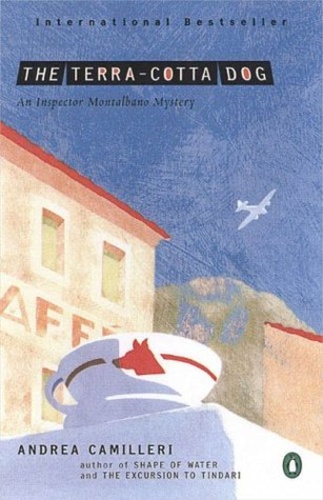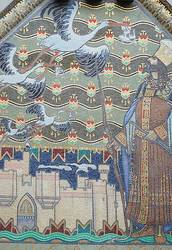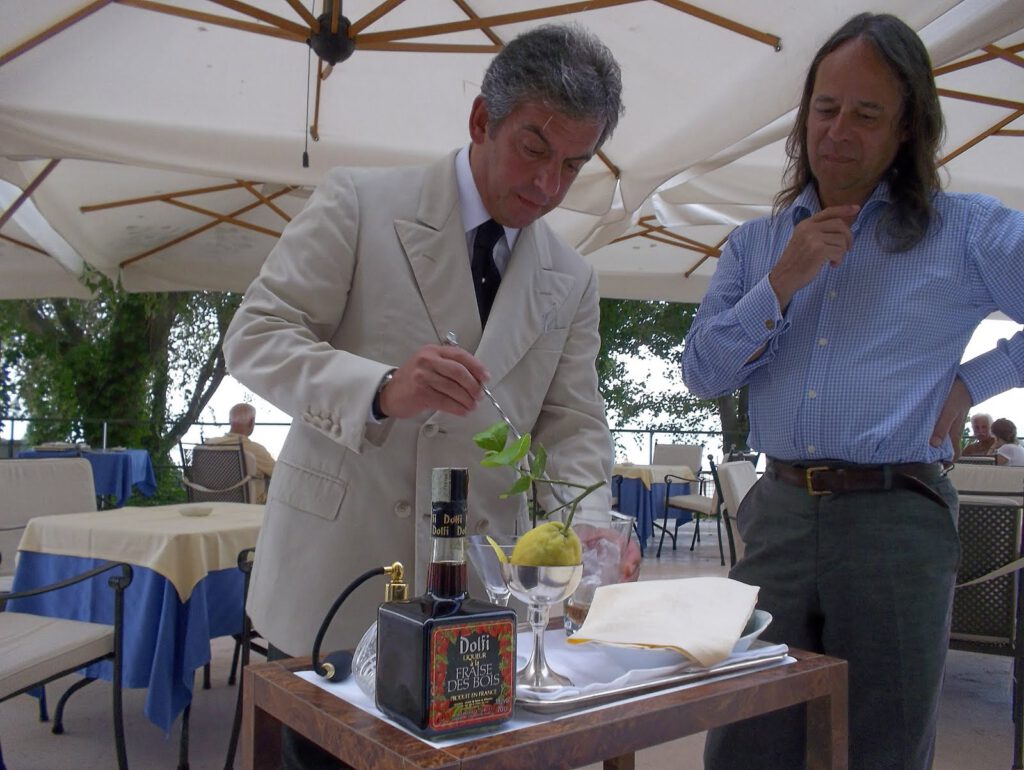In the art of the Venetian artist Canaletto (Antonio del Canale, 1697–1768), Venice returned to one of her oldest habits: the depiction and celebration of her own beauty. Unlike the works produced in Venice’s heyday, however, Canaletto’s art and that of his contemporary Francesco Guardi (1712–93), both of whom were at work in the last decades before the end of the Serene Republic, was a depiction without the glorification of earlier times. And the works attained international fame in the artists’ own lifetimes.
Canaletto’s views of Venice and its canals were exported widely, especially to England through the British Consul, Joseph Smith. Their popularity was due in part to the outstandingly rendered light and shadow which suffused the ordered spaces. His works give remarkable delight to the eye both from a distance and from close to. Canaletto came to London between 1746 and 1754 and painted it: in his views of the northern city, he performed the remarkable feat of making the banks of the Thames look as serenely lovely as the Bacino di San Marco. Stillness is all in Canaletto.
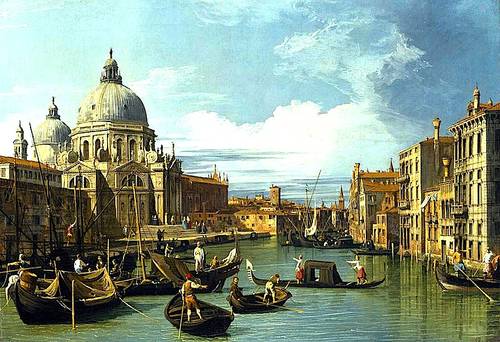
The works of Guardi are far less serene.
Here, the coruscations of light and vibrancy of atmosphere reveal a diametrically different response to the city’s beauty, a response which was only appreciated many generations later, once European sensibilities had been educated to see things differently by the Impressionists. For Canaletto, the light is the vehicle of his passion for the architecture: for Guardi the architecture is a necessary receptacle for his passion for the light.
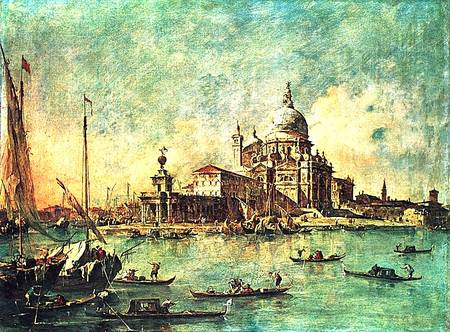
The works of both these masters remind us that so much of Venetian art, indeed so much of the fascination of the city, has always depended upon its unique light—immediately, tangibly different from anywhere else in Italy because of the surrounding water which constantly modifies it. It is this that explains the primacy of the the visual sensibility in Venice: it has produced no internationally great writers, poets, thinkers or scientists. Venice has no Dante or Leonardo, no Galileo or Machiavelli; but it produced painters whose universal influence has been incomparable, because of one fundamental lesson they imbibed from the endless modulations of their native light. They instinctively understood how light in painting is the vehicle of human empathy.
An extract from the introduction to Blue Guide Venice. © Blue Guides. All rights reserved







